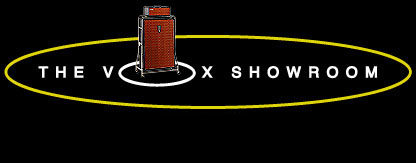
To acheive the goal of building a "Hammond" like portable organ, JMI organ engineers Derek Underdown and Les Hill needed a develop a way to electronically simulate the pitched "flute" organ tones produced by the mechanical tone wheel generating system used by Hammond.
Their ingenious solution was to create twelve small, solid state tone generator printed circuit cards for the V301J Continentral Organ, one for each note of the musical scale. Each of these twelve cards was fitted with ten electrical contact pins that mated to a ten connector socket in the organ chassis and held in place by one screw.
Each of these twelve tone generator cards had a "master oscillator" and a six stage frequency "divider" circuit.
The master oscillator circuit used a pair of germanium transistors, several capacitors and a tuning coil. The master oscillator was the frequency tunable part of the circuit. The master oscillator also produces the organ's highest pitched tones. The pitch or frequency of the master oscillator is tunable by adjusting the tuning coil.
The output from the master oscillator is fed serially through six slave divider circuits. Each divider drops the input frequency in half or by one octave. Each of these six divider circuits had a pair of germanium transistors and a network of resistors and capacitors to accomplish this task. The output from the master oscillator and six serial dividers provided seven individual and discrete octaves of tones that would be combined and adjusted by the drawbar circuit of the organ, as done by Hammond.
It is important to note that each of the twelve tone generator cards has a limited tuning range. This tuning range is dictated by the value of the tuning coil and a related capacitor on the tone generator. As an example, the "C" tone generator card will be adjustable only about one note above and below the "C" tone. One cannot substitute the "F" tone generator for the "C" tone generator, there would not be adequate tuning adjustment in the "F" generator to generate a "C" pitch.
When JMI first introduced the Continental Organ in 1962, germanium based transistors were the norm. Germanium transistors were not very dependable, as evidenced by anyone in the early 1960s that had a small transistor radio that failed. The germanium transistors were also prone to drift, causing both tuning and slave divider instability. For these reasons, JMI Vox Continentals manufactured between 1962 and 1970 with germanium transistor based tone generator cards tended to visit the repair shop often.
In web pages to follow, I will explain the basics of V301J Continental Organ repair and adjustment so you can handle some of this maintainence yourself.
|



